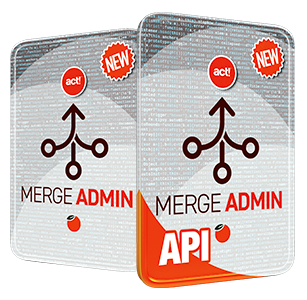Customer Relationship Management (CRM) systems are essential tools for modern businesses, helping to centralize data, streamline operations, and improve communication across teams. However, the true value of a CRM lies in how it’s used. To get the most out of a CRM, businesses must implement best practices that ensure the system not only supports day-to-day operations but also drives long-term success. Here’s a look at some CRM best practices that can help businesses maximize efficiency, improve customer relationships, and achieve growth.
Centralize Your Customer Data
A CRM system is only effective when it centralizes all customer data in one place. This means that your sales, marketing, and customer service teams should all use the CRM as their go-to source for customer information. One of the most common CRM mistakes is failing to input all relevant data into the system. When departments work with incomplete or outdated information, it leads to miscommunication and missed opportunities.
To ensure a CRM is fully utilized, establish clear guidelines for data entry. Make sure every interaction with a customer—from initial contact to post-sale follow-up—is logged in the system. This includes not only customer contact details but also communication history, purchase behavior, and any specific preferences or concerns. By maintaining a clean, comprehensive database, teams can have accurate, up-to-date insights into each customer, allowing them to engage more effectively.
Automate Processes to Improve Efficiency
One of the greatest advantages of CRM systems is their ability to automate repetitive tasks. From email marketing to lead follow-ups, a CRM can automate processes that save time and reduce manual workload. By setting up automated workflows, businesses can ensure that no customer interaction slips through the cracks and that customers receive timely responses.
For example, automate lead nurturing emails based on user behavior or automatically trigger a reminder for follow-up calls. Sales teams can use automation to ensure they never miss an opportunity to reconnect with prospects. Additionally, CRMs often offer task automation, meaning customer service teams can be prompted to resolve open tickets or provide updates without having to track each case manually.
The ability to automate processes also reduces human error. Rather than relying on team members to remember every task and follow-up, the CRM can prompt actions automatically. This leads to more consistent and reliable customer service, which in turn boosts customer satisfaction and loyalty.
Ensure Alignment Across Teams
Collaboration is key to maximizing the impact of a CRM system. Sales, marketing, and customer service teams all need to be aligned in their approach to using the CRM. By sharing insights, data, and goals, teams can work together to deliver a seamless customer experience.
For instance, the marketing team can use data from the CRM to create more targeted campaigns based on customer interests and behaviors. Sales teams can access detailed customer histories, enabling them to tailor their pitches and close deals more effectively. Customer service teams can track ongoing issues and ensure that customers are receiving the support they need, fostering long-term relationships.
Regular communication and collaboration are essential for maintaining alignment. Schedule periodic check-ins between departments to review CRM data, discuss goals, and ensure that everyone is on the same page regarding customer engagement strategies.
Conclusion: Adapt and Evolve
A CRM system is not a one-size-fits-all solution—it should evolve with your business. As your company grows, so will your CRM needs. The right CRM adapts to changing customer expectations, industry trends, and business processes. By centralizing data, automating tasks, and aligning teams, you can unlock the full potential of your CRM and ensure long-term success.
Adopting these CRM best practices will help your business work smarter, not harder, allowing you to build stronger relationships, increase efficiency, and drive growth.




































